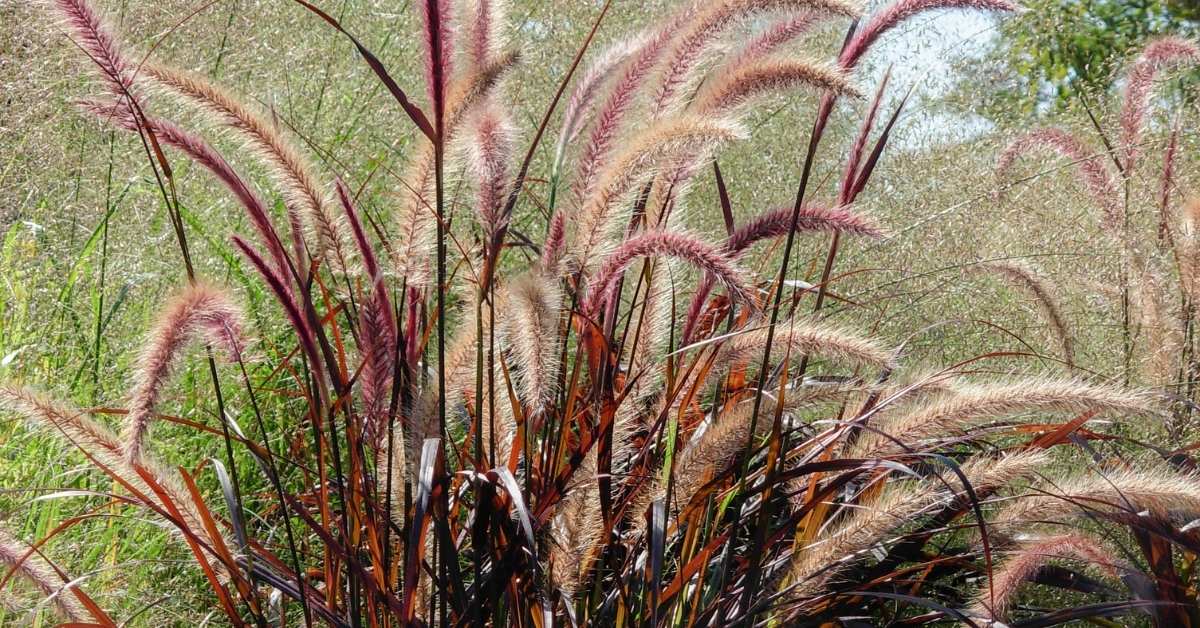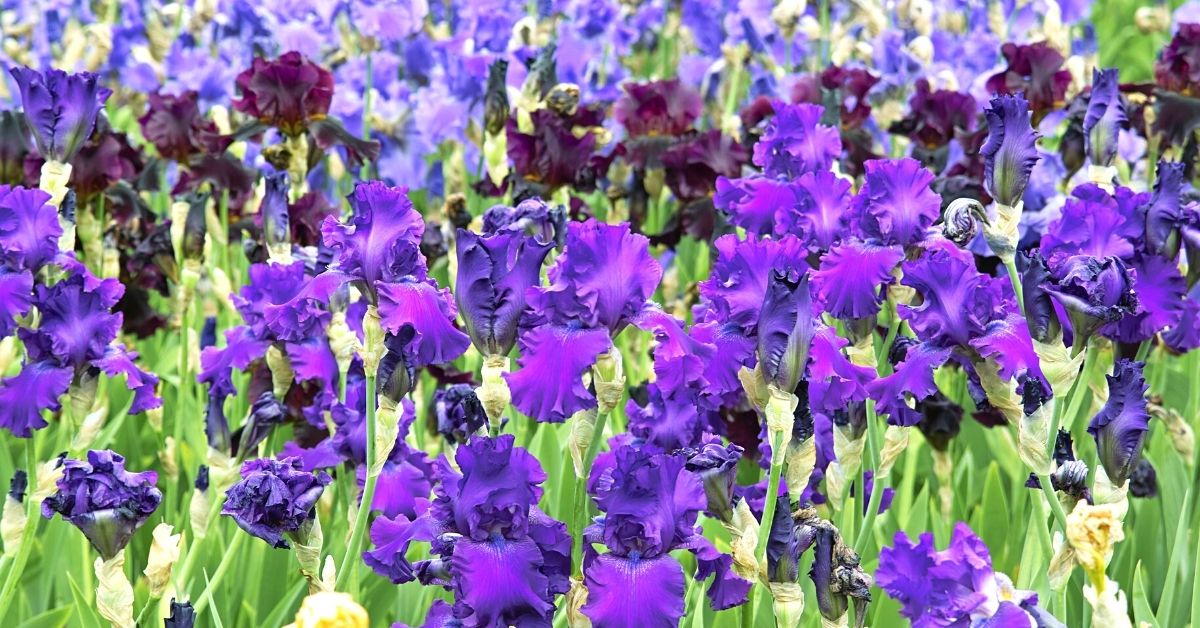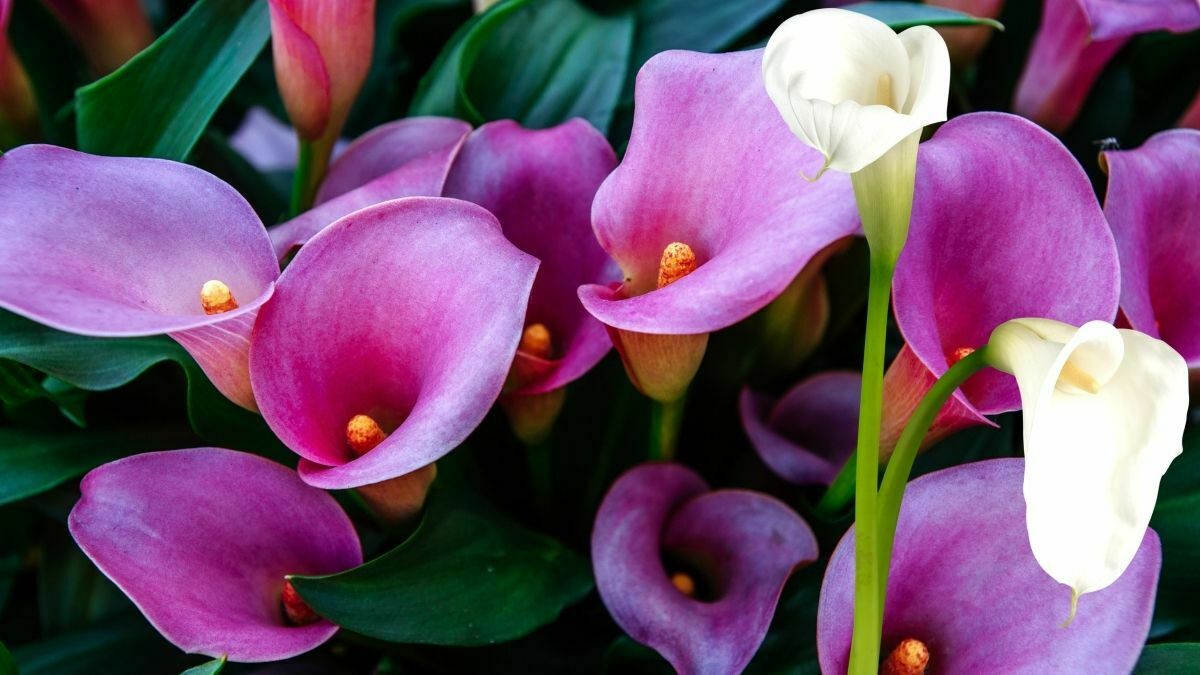Grasses are one family of plants that have made a great entrance into the horticultural world in the past decade or so. Before that, the only grass that most gardeners would keep was their hallowed piece of turf. Today, grasses are taking a giant leap forward, and one of the more popular species is Pennisetum setaceum Rubrum – more commonly known as Purple Fountain Grass.
Quite noticeably, this grass wasn’t on the radar of any home gardener five years ago, but it has exploded into our yards at an alarming rate since then. Not to be confined to the home garden, Purple Fountain Grass has also made it into our streetscapes, public parks, and gardens almost anywhere that abandoned soil was visible.
Ornamental grasses have been growing in their popularity as more home gardeners try to reduce their water consumption. In the past, xeriscaped gardens consisted predominantly of cacti and succulents, so this third family has been a boon for landscape architects and gardeners alike. It has given us all more choice.

How to Grow Pennisetum setaceum Rubrum
Soil Conditions
Let me start by stating the obvious – grasses are not keen clay dwellers! If you have clay soil and want to grow Pennisetum setaceum Rubrum in your yard, then you will have to either grow it in a pot or amend your soil so that it drains freely.
While some grasses can handle “wet feet” and therefore complement a bog garden, most won’t thrive – let alone survive – in a garden where their roots are continually damp.
Watering Requirements
If you have a free draining soil for your fountain grass, then watering should be at a minimum. Even in the heat of summer, they only require limited dowsing of not more than once per week. This will allow them to thrive though they can survive quite well with typical rainfall in most Mediterranean climes.
Pruning
Grasses can be pruned in two ways;
1) reduced by cutting down the bulk of the foliage to a small clump, or
2) pulling out the spent tails and dead grass. Obviously, the first option is the least labor-intensive and easiest way to manage grasses, but unfortunately, many ornamentals won’t grow well after pruning of this type.
Fortunately, Pennisetum setaceum Rubrum is one of the grasses that appreciates the former style of pruning. If you cut it back to half of its volume at the end of winter or the start of spring, it should reward your garden with an impressive display throughout the summer months and still have some interest throughout winter.
Perennial or Annual
The only determining factor as to whether you can grow Pennisetum setaceum Rubrum as a perennial is how cold your winters become. If you regularly get frosts – or worse, enjoy months of snow cover – then growing fountain grass as an annual would be a far better choice.


I am so sad because I have clay soil. Living on the coast presents problems when you want to have these beautiful grasses. Perhaps I should move my home and self to a more mountainous area. Thanks for the information about the grasses. I may just try growing them in planters.
Informative post. Purple Fountain Grass is one of the more colorful ornamental grasses as well. Looks great on any landscaping job.
We grew purple fountain grass for the first time this past summer and it added lovely textural interest to a couple of large container plantings as well as one of our beds. Although it was marked as a perennial, given our climate, my guess is that based on what you wrote here, we should best treat it as an annual. Despite that, it’s definitely something I would plant again. I’ll definitely follow your recommendations for pruning this season – it did get scraggly looking by August and we weren’t quite sure how to get it to fill out again..
Another lovely grass. We use it as an annual here. It is wonderful in mixed containers.